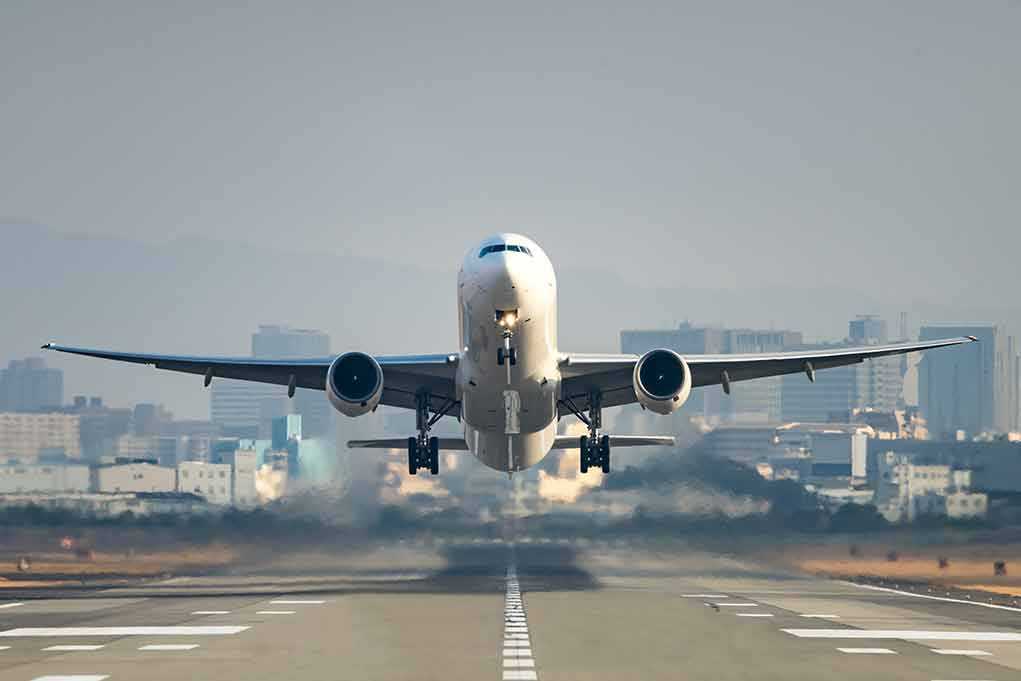
At Boston Logan International Airport, a passenger jet’s engine erupted in flames during takeoff, forcing a dramatic abort—an incident that exposes the fragility of aviation safety and reignites urgent questions about government oversight and industry transparency.
Story Snapshot
- SWISS Flight 55 aborted takeoff after flames shot from an engine, endangering 223 passengers and 13 crew, but no injuries were reported.
- The FAA immediately launched an investigation, temporarily disrupting airport operations during a peak travel period.
- The incident occurred against a backdrop of heightened scrutiny over aircraft manufacturers and FAA transparency.
- Aviation safety advocates argue that the FAA’s alleged lack of transparency could delay critical fixes and erode public trust.
- The broader implications for airline passengers, industry regulations, and government accountability remain unresolved.
Incident Details and Immediate Response
On September 16, 2025, SWISS Flight 55, preparing to depart Boston Logan International Airport, suffered a visibly alarming engine malfunction just before takeoff, with flames erupting from one engine. The crew aborted takeoff, taxied the aircraft off the runway, and evacuated all passengers safely. The FAA swiftly announced a formal investigation into the cause of the engine failure, which temporarily paused some arrivals at the busy airport but caused no reported injuries or further damage. The incident’s drama, captured in multiple videos circulating online, underscores the high stakes of aviation safety and the effectiveness of emergency procedures.
Background: Aviation Safety Under the Microscope
The FAA, as the primary U.S. aviation regulator, routinely investigates such incidents, but this episode arrives amid persistent public and congressional scrutiny over the agency’s relationship with industry and its transparency practices. Recent high-profile incidents involving Boeing and other manufacturers have fueled skepticism about whether regulators are too close to the companies they oversee. Advocacy groups, such as the Foundation for Aviation Safety, allege the FAA has at times concealed critical safety data, potentially delaying necessary fixes and undermining public trust in the system. The Boston Logan incident thus becomes a test case for both the agency’s responsiveness and its willingness to share findings openly with the traveling public.
Stakeholders and Power Dynamics
Key players in the aftermath include the FAA, which leads the investigation and sets safety standards; SWISS International Air Lines, responsible for aircraft maintenance and passenger safety; and the aircraft manufacturer, likely under renewed scrutiny for engine reliability. Passengers, crew, and the broader flying public are directly affected, while aviation safety advocates and media act as watchdogs, demanding accountability. The incident highlights the complex interplay between regulatory authority, corporate responsibility, and public expectation—a dynamic that has grown increasingly contentious in recent years.
Current Developments and Investigation Status
The FAA has confirmed the investigation is underway, with a preliminary report expected soon. No official statement from SWISS International Air Lines has yet been released. The cause of the engine malfunction remains unknown, and the investigation’s findings could have significant implications for maintenance protocols, regulatory oversight, and even future aircraft design. For now, the focus is on determining whether this was an isolated mechanical failure or indicative of a broader, systemic issue that could affect other aircraft in the fleet.
Impact and Implications
In the short term, the incident disrupted airport operations and likely heightened passenger anxiety about engine safety. SWISS International Air Lines faces increased scrutiny over its maintenance practices, while the FAA’s handling of the investigation will be closely watched for signs of transparency and rigor. Over the long term, the findings could influence regulatory changes, manufacturer reputations, and the public’s confidence in air travel. The broader aviation industry may see renewed calls for more robust incident reporting, independent oversight, and clearer communication between regulators, airlines, and the public.
Expert Perspectives and Public Debate
Industry experts and safety advocates emphasize the need for rapid, transparent investigations to maintain safety standards and public confidence. Some argue that voluntary reporting and data protection are necessary for candid industry participation, while others, including the Foundation for Aviation Safety, contend that excessive secrecy has contributed to preventable accidents and should be curtailed. The Boston Logan incident thus becomes a focal point for the ongoing debate over how best to balance safety, accountability, and transparency in a critical national infrastructure sector.
Sources:
FAA official statements on recent incidents and investigations
Aviation Watchdog Report by the Foundation for Aviation Safety
Independent news coverage of the incident at Boston Logan

















